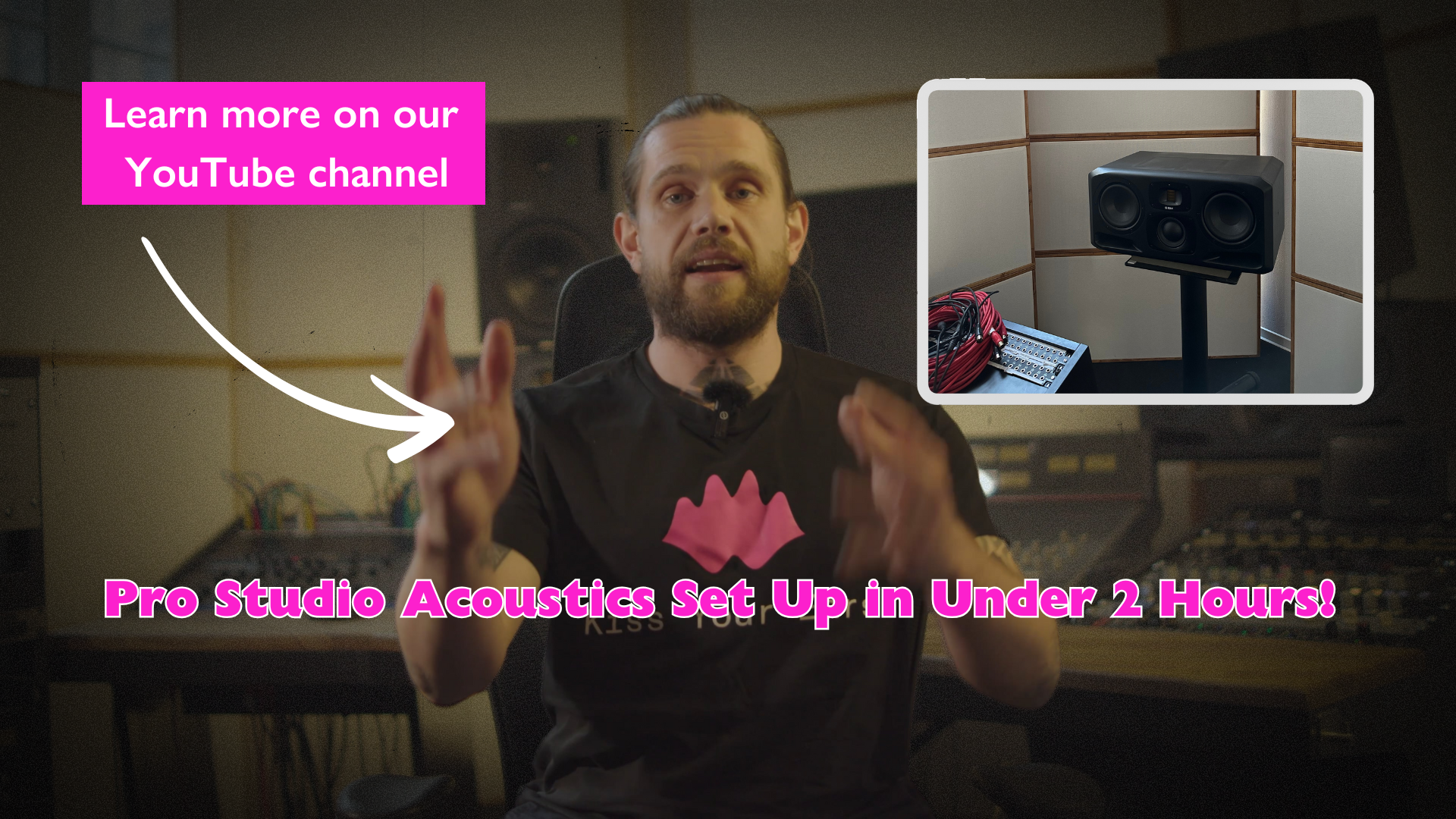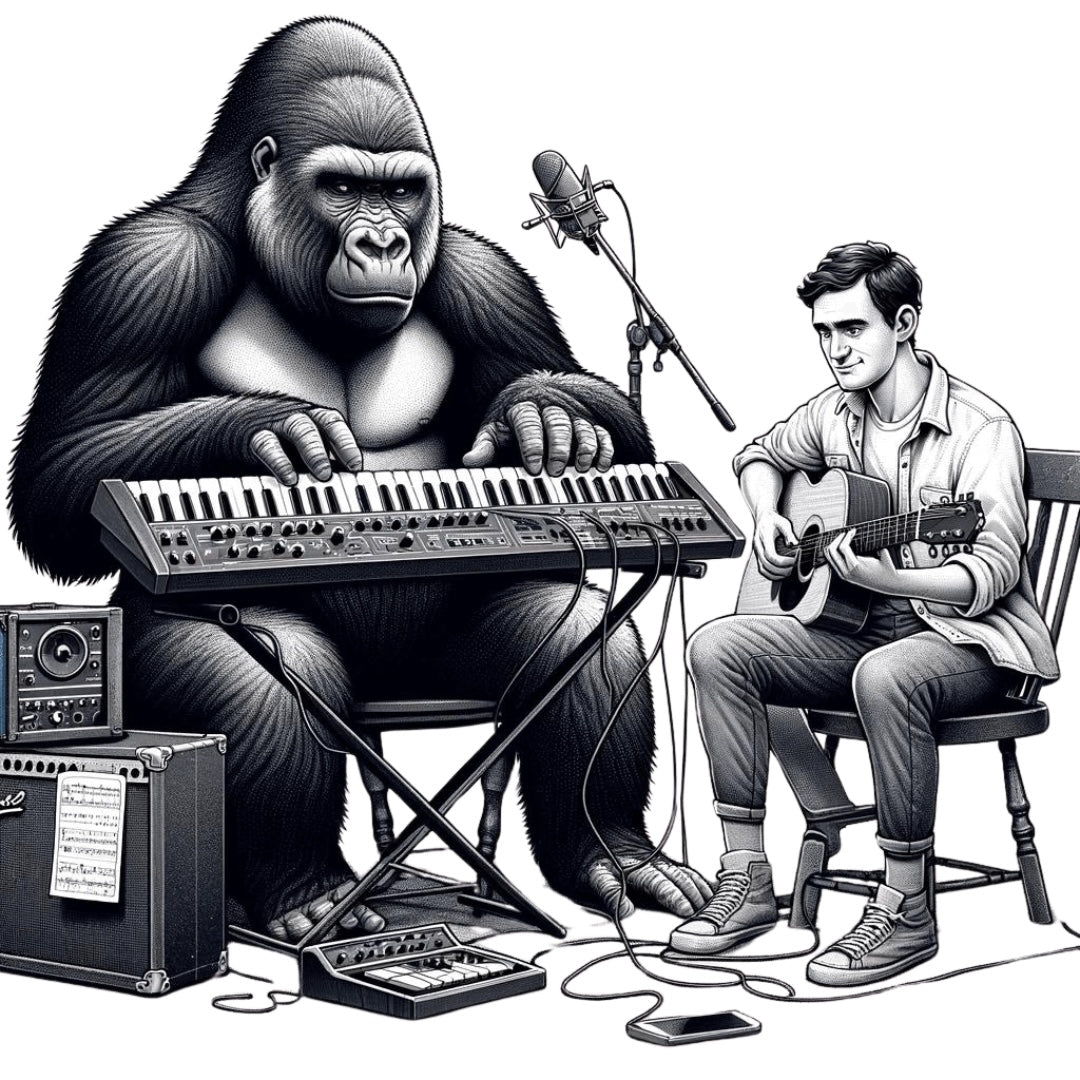Social media toxicity & the dissolution of artistic integrity
Written by Pete Armitage
Social media has become an elemental part of our digital furniture, alongside other obligatory knick-knacks such as ‘camera’-phones (as they once were called) and search engines. We take these commodities for granted, but it seems that every week our screentime fractionally increases.
The amount of time we spend consuming digital media including social networking platforms is outrageous considering its virtual non-existence only 30 years ago. We are well and truly in a new age, to quote David Bowie back in 2000, ‘I think the potential of what the internet is going to do to society both good and bad is unimaginable. I think we're on the cusp of something exhilarating and terrifying.’ Hit the nail on the head as per, Dave.
According to Datareportal’s research ‘DIGITAL 2020: GLOBAL DIGITAL OVERVIEW’1, more than 4.5 billion people are using the internet at the start of 2020, and among them 3.8 billion are active social media users. An even more striking figure is that between 2019 and 2020, global social media use grew by 9% (321 million new users)1. Undoubtedly, social media is here to stay and now forms a fundamental element of human communication.

Indeed, it has also become a foundational hotbed of marketing strategy and investment, in the words of author Erik Qualman7, ‘...with the growing reliance of social media, we no longer search for news, or the products and services we wish to buy. Instead they are being pushed to us by friends, acquaintances and colleagues.’
The power of social media goliaths such as Facebook outweighs that of many governments, their strategies and tactics of consumer acquisition and maintenance tailored to our subconscious by the most adept psychologists. The biggest platforms are designed for us to need them; designed to make us feel a little empty in their absence.
Granted, as well as being a platform for advertising (contributing to the approximately 4,000 to 10,000 commercials the average American is exposed to everyday2), social media also purports to enrich our connections with those we otherwise would struggle to form meaningful relationships with. This positive element is particularly evident in the consideration of life as a music artist. It allows us to cultivate connections with our fans, to share our work, and is overall a well-established arena for multidisciplinary artistic expression, of indispensable importance during the isolation of the COVID-19 pandemic.
According to the ‘Adolescent Brain Cognitive Development study,’ a huge collaborative research project on addiction performed by the NIH3 involving 7,500 children, those whose media consumption consisted of a higher proportion of social media as opposed to traditional forms of screen time such as TV and video games exhibited ‘increased physical activity, less family conflict and fewer sleep problems.’

Compelling huh? However, all this initial research proves is that social media may be less harmful to children and adolescents than other media forms. Rather like saying cocaine is safe (compared to meth).
#Statusofmind, a landmark 2017 study published by The Royal Society for Public Health, also proposes that ‘access to other people’s health experiences and expert health information’, especially in teenagers, is another potential positive effect of social media on health, ‘...taking health messages to the interactive spaces young people frequent on social media may be one way to ensure they are receiving expert health information that other demographics may receive through more conventional channels.’ 4 quoting 5
So despite this compelling evidence justifying social media’s value as an educational resource (as well as a leviathan cashcow for Zuckerberg and his cronies), let us examine its purported toxicity too, in order to ascertain its possible effects on the dissolution of artistic integrity.
Findings by Sampasa-Kanyinga Hugues et al4 quoting 6 cited in the same RSPH study suggested that young people engaging in excessive usage of social networking sites (e.g. more than two hours a day) were more likely to report ‘poor mental health, including psychological distress (symptoms of anxiety and depression.)’
Additionally, the RSPH’s own research revealed that ‘young people themselves say four of the five most used social media platforms actually make their feelings of anxiety worse,’ 4 their findings ranking Instagram as the worst offender in terms of net impact on young people’s health and wellbeing.
So, we can gather from the aforementioned quality evidence that social media has both potentially positive and negative impacts on consumers’ mental health. The question is though, what is its effect on our integrity as artists? This is a bold enquiry, but SO-MED’s fundamental position as an obligatory element of most artists’ media oeuvre is evidential of its importance. From this truth, we can judge that any insights into its effect on expression itself is surely pertinent, despite being exceedingly difficult to measure.
Maybe Instagram culture has diluted music culture by means of the homogeneity and conformism required to gather followers. Artists are under pressure to follow the rules and etiquette of social networking sites in order to gain ‘maximum traction’ - by means of jejune manoeuvres largely devoid of inspiration. Manoeuvres that demand marketing skills and ideally, a whisker of exhibitionism to bolster the deal.

Simply posting a snippet of your latest track isn’t often good enough. Users want engaging content. True, the role of the artist is not fixed, and tackling fans’ demand is part and parcel of the role. However, is it actually possible to remain true to one’s aesthetic standards whilst bossing it on Insta’?
In comparison to pre-instagram days, we are empowered by a novel multidimensionality, where artists can ameliorate their deficiencies by a little tongue-in-cheek showponying in stories and posts. For sure, SOMED’s existence encourages us to share more, to be more vulnerable, and to diversify our role as entertainers. This doesn’t necessarily mean we pawn off our integrity in return for cash, but perhaps we ought to consider some maxims when engaging in responsible social media usage in order to swerve this fatal trade off.
Perhaps a smart move would be to posit such maxims as conceptual answers to the following question:
‘How can we strive to use social media ethically and healthfully as a resource?’
- Support others. Keep feedback constructive
- Perceive it as a purely educational resource
- Avoid inadvertently strengthening it’s ulterior ‘den-of-snakes’ persona by tailoring posts in pursuit of likes and approval
- Monitor your screentime
- Stay true to your real-world persona
Perhaps we ought to take a moment to engage in a little healthy self-reflection. By posing such an acerbic critique of Instagram’s role are we recklessly imposing normative restrictions on free will?
Alas, we’re not, all we’re saying is that Instagram can be harmful. To the individual. And to the individual’s authentic expression.
Truthfully, with the exception of household names like Kanye West and Madonna, artists don’t really have a say in whether they wish to use Instagram or not. Quite simply, we choose between the success of our careers, and not using Instagram; for most they can’t exist simultaneously. When something becomes so deeply ubiquitous it comes to occupy a plinthe almost extraneous of critical analysis. A savage quandary for its usership, regardless of perspective.
Let’s face it, keeping your daily screentime below 2 hours is a little like not getting another bag in at 10am post-berghain.
Be responsible in your use. It’s all about discipline folks.
- https://datareportal.com/reports/digital-2020-global-digital-overview
- https://www.redcrowmarketing.com/2015/09/10/many-ads-see-one-day/
- https://abcdstudy.org/
- https://www.rsph.org.uk/uploads/assets/uploaded/d125b27c-0b62-41c5-a2c0155a8887cd01.pdf
- Repper, J. Carter, T. 2010. ‘Using person experience to support others with similar difficulties: A review of the literature on peer support in mental health services.’ Available from: http://www.together-uk.org/wp-content/uploads/downloads/2011/11/usingpersexperience.pdf
- Sampasa-Kanyinga Hugues and Lewis Rosamund F.. Cyberpsychology, Behavior, and Social Networking. July 2015, 18(7): 380- 385. doi:10.1089/cyber.2015.0055
- Erik Qualman (2012) ‘Socialnomics: How Social Media Transforms The Way We Live And Do Business’ Wiley






